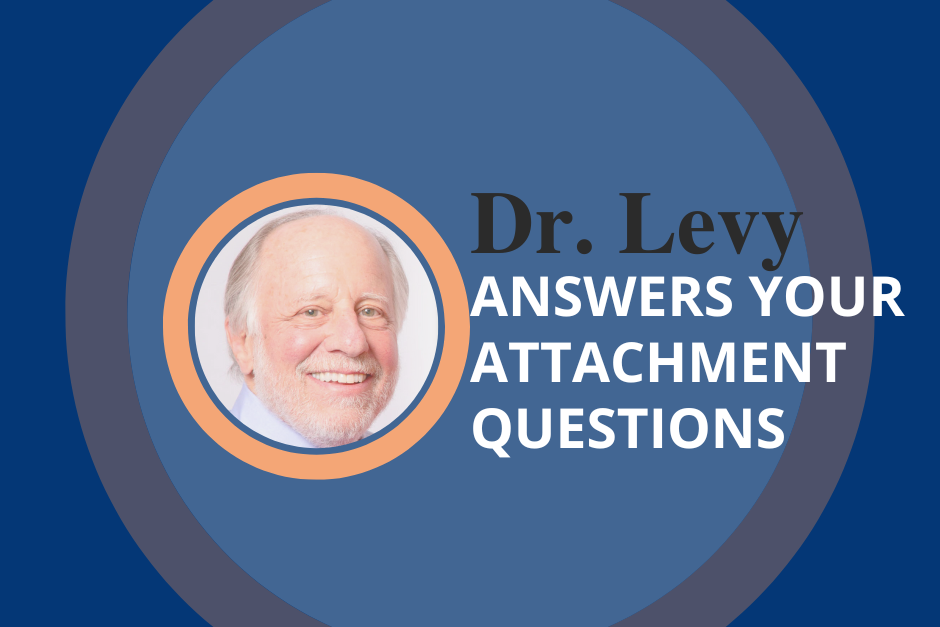Each month, Dr. Levy answers a common question he has received from professionals, caregivers and parents during four decades of pioneering work on attachment theory, treatment and training.
Q: What is the difference between implicit and explicit memory in the early stages of child development?
A: Early experiences with caregivers shape a child’s core beliefs about self, others and life in general. It is necessary to understand how memory works to appreciate the way core beliefs form and affect a child’s life. Memory links our past, present and future. Images stored in the brain become expectations about future events. There are two types of memory that develop in the early years: implicit and explicit.
Implicit memory is present at birth. An infant’s brain is capable of creating mental models that involve images and emotions based on experiences with caregivers. Implicit memory does not involve conscious processing but nevertheless affects the baby’s behavior and reactions. For example, babies with secure attachments have positive images encoded in their minds – “Parents are safe, nurturing and dependable” – and anticipate more loving care in the future. Insecurely attached babies encode negative images – “Parents are threatening, unloving and unavailable” – and learn to expect continued harsh or neglectful treatment.
Explicit memory develops by 2 years of age. A child is now learning language, has conscious awareness, and can remember himself in a specific past event. By now, the toddler can bring up a sensory image of his parent or caregiver, including pictures, body sensations, and emotions. The secure child feels calm and relaxed. The insecure child feels anxious and tense.
Both implicit memory and explicit memories of experiences during infancy and early childhood are encoded in the brain. Emotional experiences of nurturance and protection are encoded in the brain’s limbic area, the emotional center. Over time, repeated encoded experiences become internal working models–core beliefs about self, self in relation to others, and the world in general. These core beliefs become the lens through which children and later adults view themselves and others, especially authority and attachment figures. Core beliefs serve to interpret the present and anticipate the future. You get what you expect, and your expectations are based on past experiences and your memories of them.
Previous articles addressed questions about the Seven Functions of Secure Attachment, the Dependency Paradox, the importance of talking about trauma, the First Year Attachment Cycle, traits of successful and healthy adult relationships, the importance of hope as a part of treatment for trauma, the core concepts of child development, parenting strategies for deescalating conflict, the importance of touch to fostering attachment, the 10Cs of Healing Parenting, why family rituals and routines are important, the seven steps of anger management and the importance of “looking in the mirror” for healing parents.


